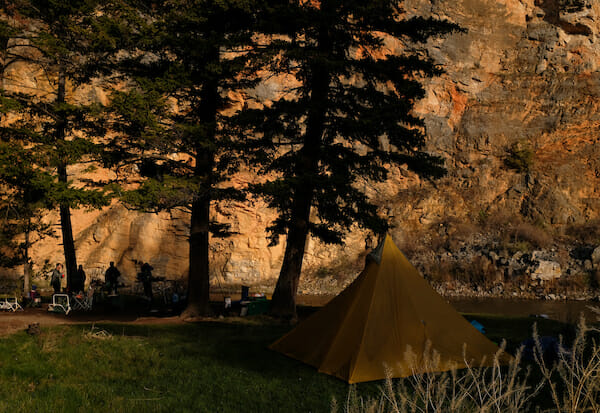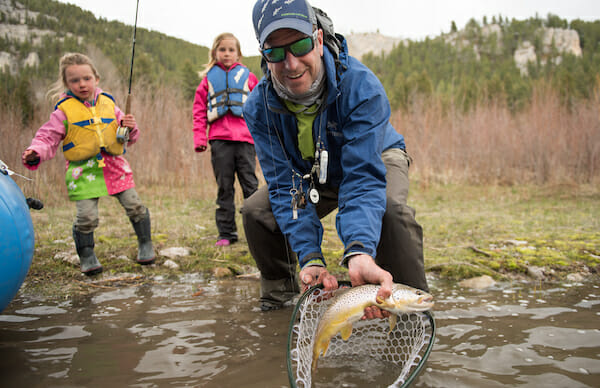Tintina stumbles over first regulatory hurdle: Much more to come.
While the DEQ has approved Tintina’s application for a permit, the process is only beginning. Make your voice heard today.
< span>What can you do?
1. Write the Governor by clicking the take action button below
2. Post your support for the Smith on your social media channels, tagging Governor Steve Bullock, the
Montana DEQ and Tintina.
3. Donate to Montana Trout Unlimited to help continue the effort to protect the Smith.
4. Contact Colin Cooney, ccooney@tu.org, for your free Smith River koozies and stickers.
Here’s what we know:
After failing three times, foreign-owned mining company Tintina Resources of Canada finally cleared its first hurdle.
On Monday, August 14th the Montana Department of Environmental Quality (DEQ) informed Tintina that its application for a permit to mine has met its completeness and compliance review.
Tintina Resources first submitted their application for a mine operating permit in December of 2015. The Tintina that finally got its application deemed complete is not the same company that started the application process. The Australian company Sandfire Resources now owns 80% of Tintina. Decisions about Tintina, the fate of White Sulphur Springs and the Smith River will be made overseas.
So what has Tintina accomplished?
This application includes all of the plans for the mine complex, a description of the present condition of the area (hydrology, soils, vegetation, cultural resource and wildlife), an operating plan describing the type and size of the operation, equipment to be used, and a reclamation and monitoring plan. All of these details should be very straightforward.
However, the DEQ sent back the application three times pointing out deficiencies and required additional resources and plan information. Tintina’s struggle to get through the first step is a huge red flag. It certainly contradicts the company’s claim that it is “doing it right from the beginning”.
Furthermore, DEQ has no legal tools to deny the company at this stage of the permitting process. The department can only ask for more information.
 Next up: Environmental Impact Statement
Next up: Environmental Impact Statement
Now that they finally have cleared the first and easiest step, next is the EIS. An EIS is a year or more long process through which the state prepares an in depth analysis on the negative effects this mine will have on the environment and if they can be mitigated.
The state will hire third party consultants to perform most of this work, since they don’t have the staff to do so. The DEQ will evaluate the EIS and will either approve or deny the permit, or will approve the permit with conditional mitigations or stipulations. If approved, a bond is then calculated based on the applicant’s reclamation plan. This will be a public process, meaning the DEQ is required to accept and review public comments as well as hold public hearings on the issue.
Now is the time people can make their voices heard:
In the past, hard rock mines that have gone through this whole long process with the DEQ, received a permit, were said to be environmentally friendly and yet resulted in disastrous impacts, especially to ground and surface water. The bond negotiated by mining companies in Montana and the DEQ have always been inadequate, leaving tax payers to clean up the toxic mine waste. We cannot and will not let this happen in the Smith River watershed.
Trout Unlimited is absolutely committed to protecting the Smith River and will be closely following the company’s Black Butte mine project environmental analysis over the next year…or so. Too many mines have been permitted in this state that severely damage our rivers and streams, as well as leave taxpayers with enormous cleanup bills.
You can visit Smithriverwatch.org for up-to-date information, learn when public hearing dates will be, fill out a form that allows you to send comments directly to the DEQ and Governor’s office and a “donate” button to help us see this fight to the end.



